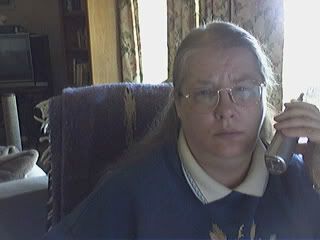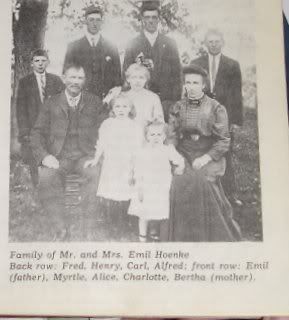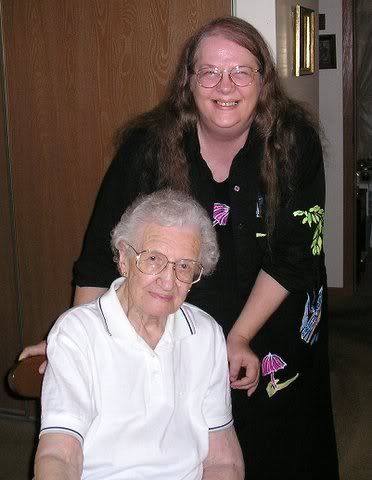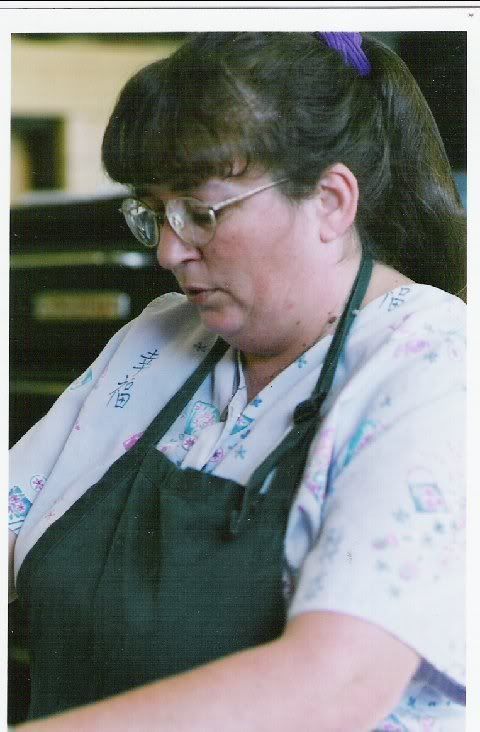PSY7540 - Multicultural u07.d02
Topic: Unit 7 DiscussionsDate: December 11, 2005 8:49 PM
Subject: Re:u07d2 Barriers
Author: Garvey, Ann
The potential barriers of counseling Hispanic/Latino Americans are that they might not seek help until other resources are exhausted, and particularly for poor families and individuals, external problems may need to be cared for first, such as needs for food, employment, education, and medical support through agencies that provide these services.
In discussion and comparison of belief systems between Indigenous people and Hispanic/ Latino Americans, this learner will again look at five major areas of concern that seem to unite similarities found in of all therapies. Therapy in general should arouse hope and decrease anxiety, maintain cultural ideologies, respect acts of hidden significance, strengthen interpersonal relationships, and respond to the client’s past history.
Several factors should be considered in assisting individuals with hope and in decreasing their anxiety. The therapist needs to confront issues that are relevant to the person or persons seeking assistance. This is completed by talking about needs and alternative means in meeting them. All good therapy insists on discussion of caring for self and others. To do this it may be necessary to empower people through self-awareness, skill-building, and problem-solving. Issues that could be advanced are self-identity, enculturation, self-esteem and responsibility. In considering these themes and others, respect and growth is then met between people (Sue, D. W. & Sue, D, 2003).
As an example of ideology maintenance, we can discuss an issue arising now in American culture. Mora (1999) speaks of the 1998 Proposition in California to ban bilingual education. The people who have fought for bilingual education state it is against civil rights and equality to not educate in languages other than English. People for the discontinuation of bilingual education state this type of education is a threat to the homogeneity of American culture. Mora (1999) states that people forced to assimilate lose the values found in their cultural heritage within two generations. Oftentimes with enculturation a sacrifice is made in the valuing of one’s parents as if the culture they know was inferior.
Hidden acts of psychological significance influence therapy such as cultural beliefs in spirits and sins. Many root cultures throughout mankind have held beliefs about demons and witchcraft (Graves, 1998), and in just as many cases Hispanics/Latino Americans have been encultured with Christianity. Spanish conquerors beliefs were rooted and brought forward from the Dark Ages of Europe. In particular, the Catholic Church is rich in direct or symbolic meaning and clearly founded itself in Hispanic/Latino American culture. McKeehan, (2005) translates a small segment from the Declaration of Mexican Independence:
Be it that anyone dares to commit a crime against this decree, he shall be punished with all rigor of the laws and the same punishment shall have anyone who has ideas of rioting, overthrowing the government, and in all accounts not expressly mentioned here for lack of definition, those given to evil spirits, and are against the law of God, tranquility of the inhabitants of the kingdom and progress of our arms [cause].
The fourth major area of concern comparing belief systems between Indigenous people and Hispanic/Latino Americans is the reliance therapy has on the client’s interpersonal relationships. A few key terms help to explain the cultural “script” of interdependent relations of Hispanic/Latino Americans. Beside the term Machismo indicating strong male influence, the term “personalismo” indicates a “warm and personal way of relating,” “simpatia” indicates an “avoidance of interpersonal conflict”, and “respeto” indicates “behaving with dignity and respect toward others” (Flores, Tschann, VanOss, Marin & Pantoja, 2004).
Often acculturation affects these scripts in that acculturated couples confront and express more through arguments and conflicts then they may have before enculturation. Often these couples’s arguments stress power issues that are intense and aggressive and may involve relatives and in-laws. Couples not acculturated may confront and express less, but may be more avoidant and dissatisfied.
The last area of concern regarding belief systems is that of responsiveness of the client’s past history. In one study of interventions for Hispanic/Latino Americans families who were coping with schizophrenia the following assertions were made. People with schizophrenia were affected by their psychosocial and home environments and fared better in the families who were Hispanic/Latino Americans (less emotionally expressive -critical, hostile, or emotionally enmeshed) than they did with White American families (more emotionally expressive – critical, hostile, or emotionally enmeshed). This may have been due to more harmonious support and cooperation found in Hispanic/Latino American families, than found in more individualistic and self-centered White American families. The Hispanic/Latino Americans were better able to attribute symptoms of the disorder on illness than the White Americans who more often were found to blame the individual with schizophrenia for not being able to control self. The Hispanic/Latino American culture represents a belief that “God controls our lives and often works in mysterious ways” (Weisman, 2005).
Based on the previous belief systems questions, White American counselors need to understand the affect of cultural conflict. Goals might include establishing bicultural orientation and identity. Christian faith could be incorporated into the purpose of counseling, understood, and accepted as sacrifices made, generosity to self and others, and endurance in relationships. Simple courtesies should be displayed such as addressing the father first, then mother, and then children. And, although it is difficult, self values should not be placed on the client.
References
Graves, R. F. (1998, February). Witchcraft & Sorcery in Mexico.
Guadalajara-Lakeside, 14(6). Retrieved November 25, 2005, from http://www.chapala.com/chapala/ojo/backissues/february_1998.html
McKeehan, W. L. (1997-2005). Mexican Independence:
Archives: Jose Maria Morelos. Retrieved November 25, 2005, from http://www.tamu.edu/ccbn/dewitt/morelossent.htm
Mora, J. K. (1999, July). Debunking English-only ideology [Electronic
version]. Retrieved November 25, 2005, from http://coe.sdsu.edu/people/jmora/Prop227/EngOnly.htm
Sue, D. W. & Sue, D. (2003). Counseling the culturally diverse:
Theory and practice [4th ed.]. NY: John Wiley & Sons, Inc.US Census
Bureau. (2000). 2000 Census population & housing [Electronic
ed.]. retrieved November 25, 2005 from http://www.census.gov/main/www/cen2000.html
Weisman, A. (2005, summer). Integrating culturally based
approaches with existing interventions for Hispanic/Latino families
coping with schizophrenia [Electronic version]. Psychotherapy:
Theory, Research, Practice, Training, 42(2), 178-197.
















